A 2000-strong fleet of supersonic jets linking hundreds of destinations across the planet in just a matter of hours would soon be a close reality. According to the mastermind leading the project and attempting to revive the Concorde era, the new-generation supersonic aircraft, which flies at Mach 2.2, would cut flight times in half.
Blake Scholl, founder and CEO of Boom Supersonic, has chalked out ambitious plans, including supersonic travel being extended to the vast travelling public. Scholl stated that his company would make supersonic air travel financially viable and affordable to the public. In the context, the future fares promised by the company for a one-way ticket from London to New York could be around £2,000, which is quite comparable with current business class seat prices on conventional subsonic aircraft. He reiterated that the plane was not a private jet for the ultra-wealthy and added that high-speed travel increased passengers’ priority.
Meanwhile, the Denver-based operation has developed prototypes of a 55-seater jet with a cruising speed of 1451mp/h (2335km/h), which is 100mp/h faster than the Concorde. The prototypes, including Denver and Colorado-based XB-1, were flight tested from the Mojave Air & Space Port in Southern California. And, the project has the backing of airlines Virgin and Japan Airlines. In the context of the new carriers, there are concerns, including the environmental impact of ferrying people at high speed. Scholl, however, rejected the concerns stating that Concorde was a gas guzzler. He added that Concorde was 1960s technology and that there has been massive progress in engine design and materials. Scholl further added that the Jets would travel for 90-95% of their routes over the sea to avoid noise restrictions imposed on supersonic jets flying over land.
Moreover, in the context of competition from Boeing and Lockheed Martin, which have blueprints for aircraft operating and even higher speeds than Boom, Scholl stated that it didn’t sound like much of a race to him. He added that the firm’s planes would be airborne within seven years, compared to the rival planes, which would not lift off for several decades.
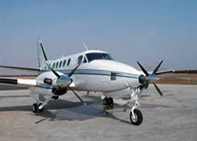
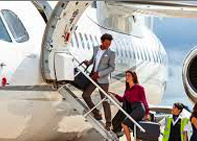
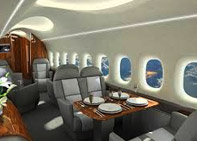
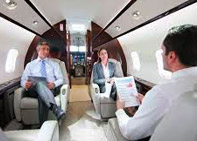
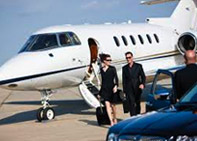


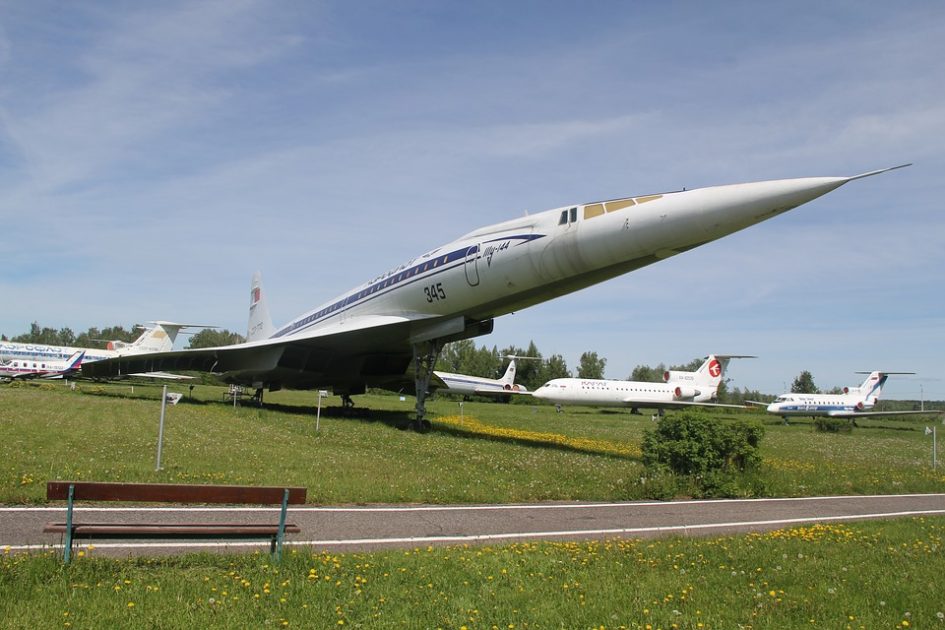
Leave a Reply
You must be logged in to post a comment.